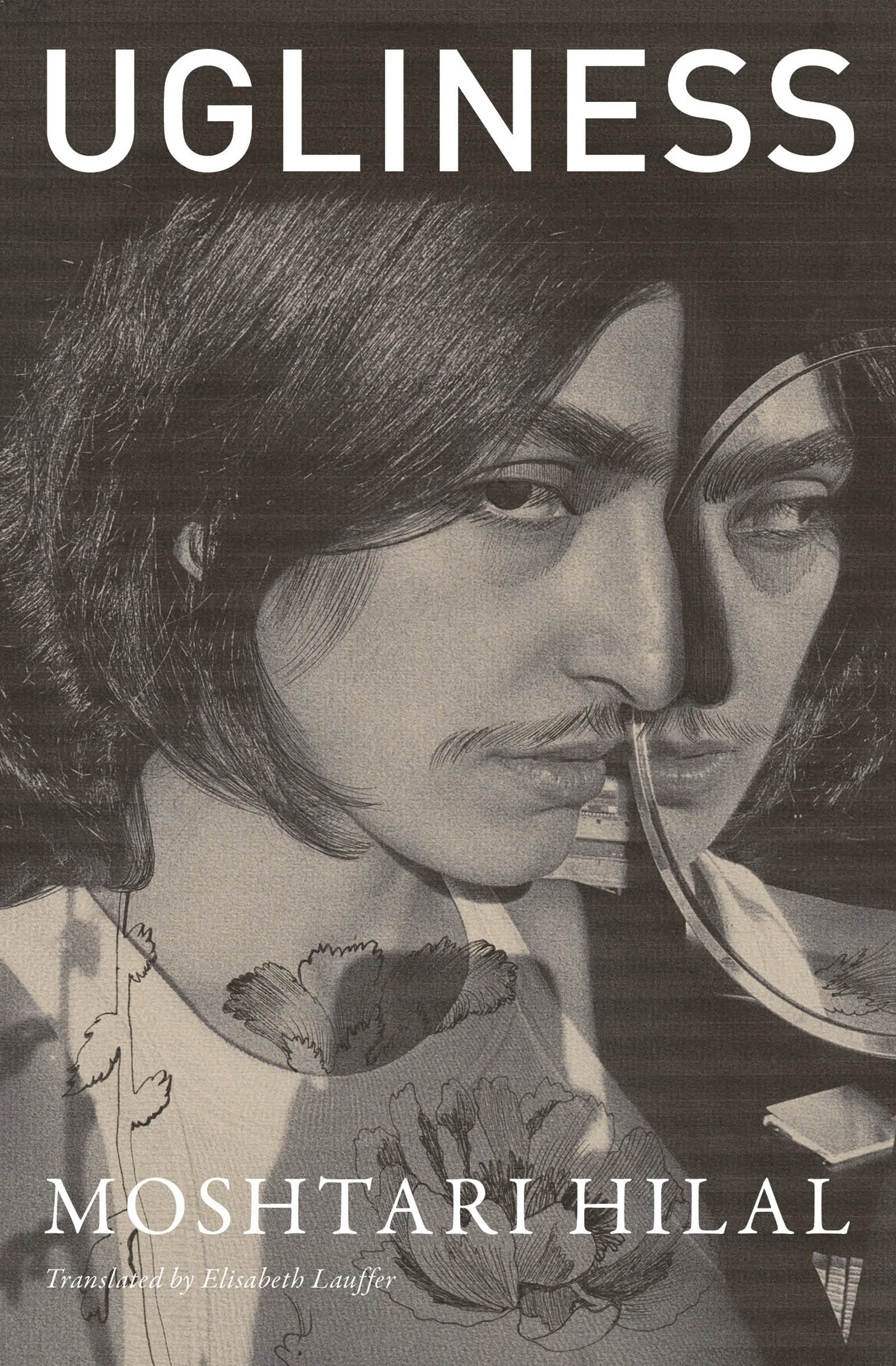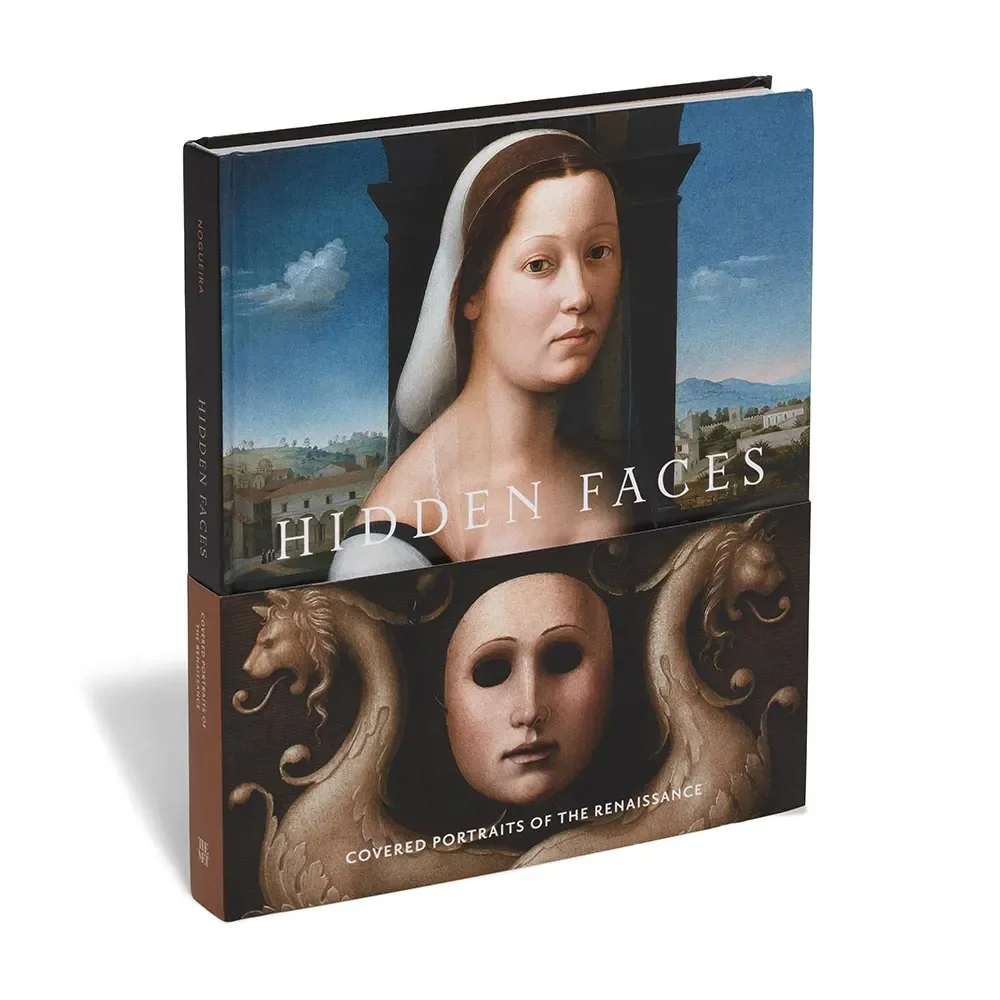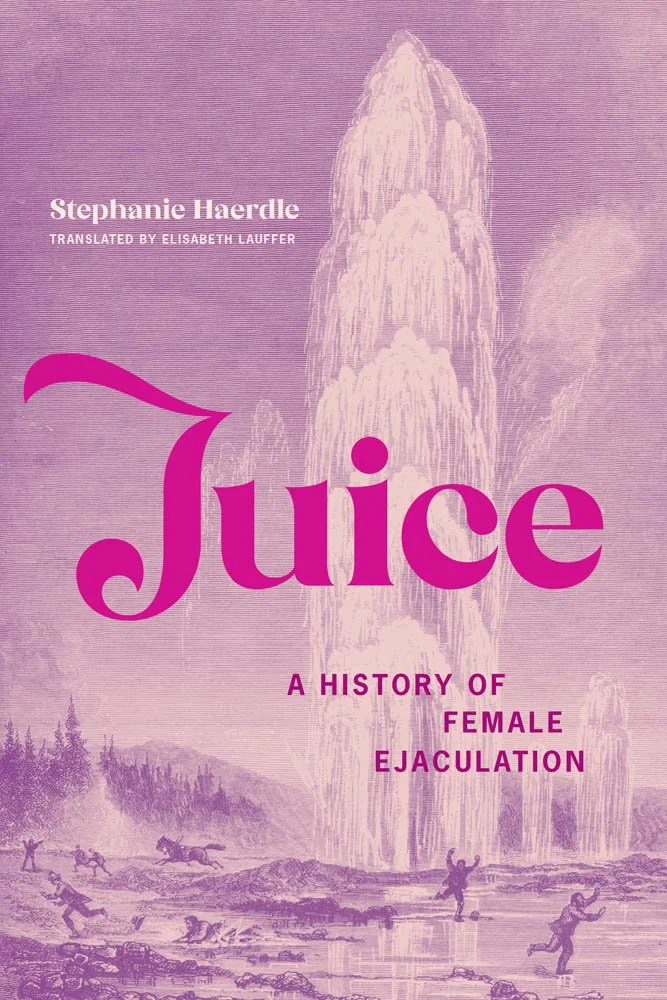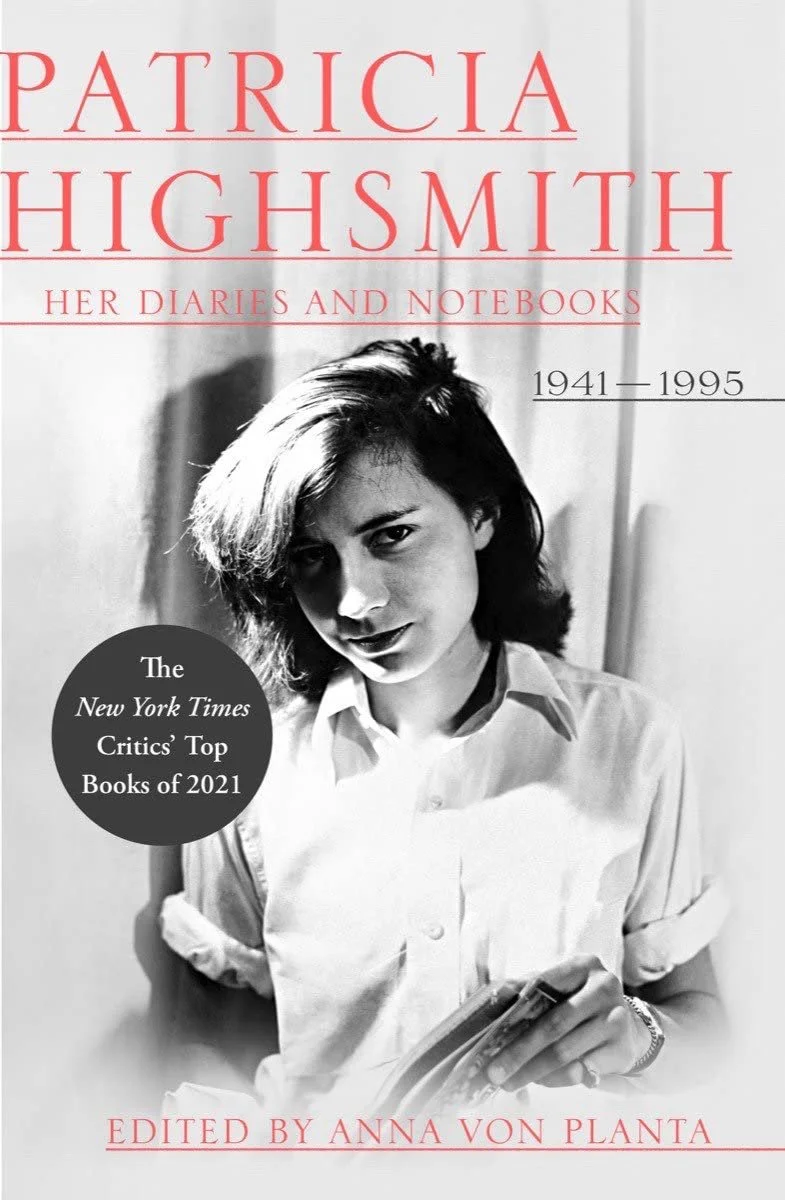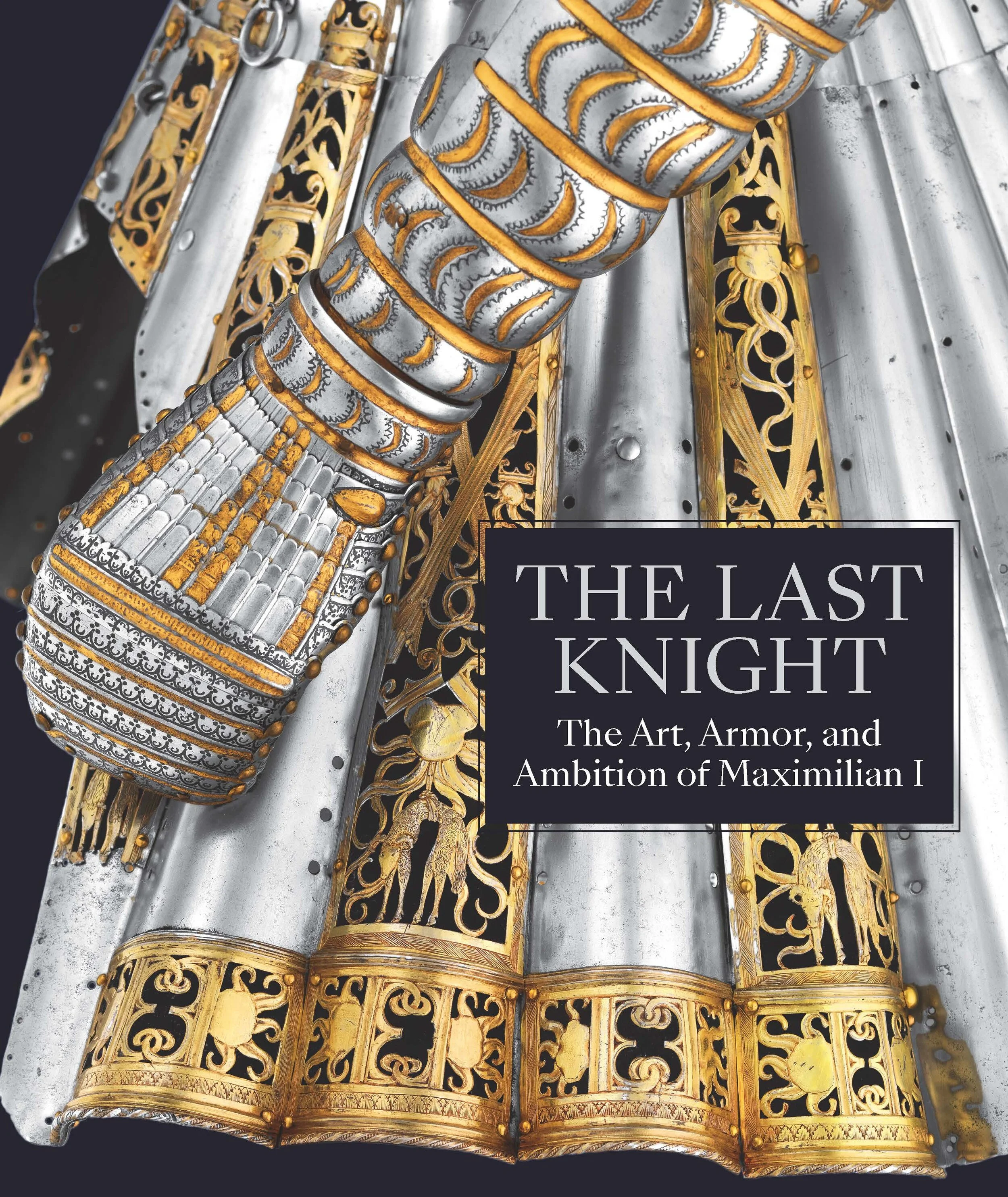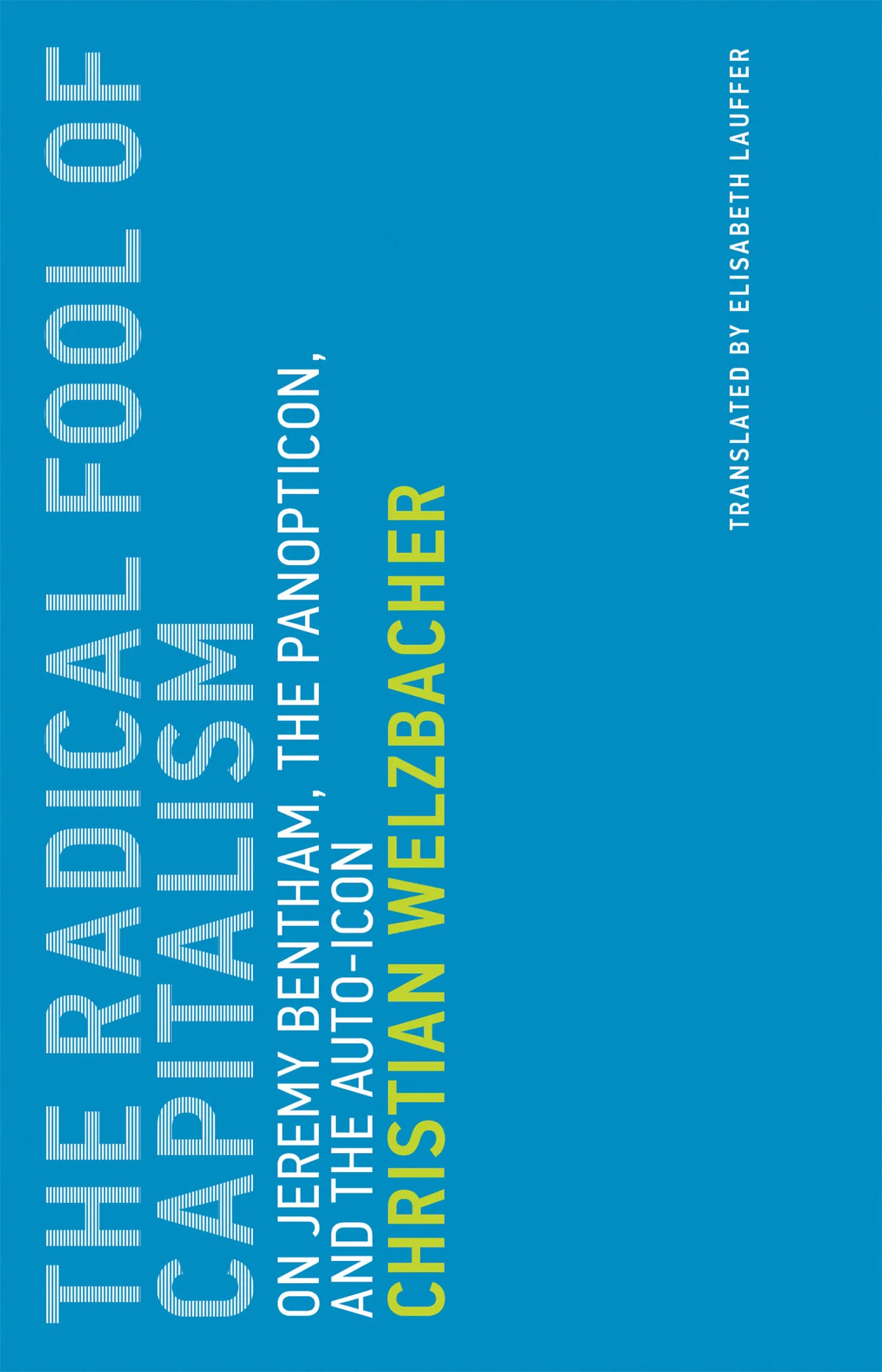non-fiction
Weimar Under the Palms: Pacific Palisades, German Exiles, and the Invention of Hollywood (Brandeis University Press, 2025)
by Thomas Blubacher
In the early twentieth century, Pacific Palisades was home to America’s most modern film studio of the time as well as the proposed site of the world’s largest Christian center. But by the end of the 1920s, the Los Angeles neighborhood had become the refuge of the rich and beautiful as German and Austrian filmmakers, among them Salka and Berthold Viertel, settled there. They were soon followed by cultural and intellectual giants of the Weimar Republic who were fleeing Europe, such as Max Reinhardt, Hanns Eisler, or Max Horkheimer. These great minds turned Pacific Palisades into a “Weimar under the palm trees.” Though many were successful in exile—including Vicki Baum, Thomas Mann, and Lion Feuchtwanger—others felt as if they were in a “sun prison” far from home.
Recounting a story of glamor and great minds, Thomas Blubacher tells of the history of German-speaking exiles that is still alive there today, going on a foray through the film industry, taking us on a journey to this special place which was so recently devastated by fire. Many of the homes in this book have now gone, but Martha Feuchtwanger’s Villa Aurora and the Thomas Mann house still stand as a testament to luck, resilience and to history.
“An original take on Weimar Republic émigrés’ influence on Hollywood, and vice versa.” – Kirkus Reviews
Un/German: Racialized Otherness in Post–Cold War Europe (Cornell University Press / Signale, 2025)
by Fatima El-Tayeb
Un/German is a powerful intervention in the ongoing debates over national identity, migration, and collective memory in Europe. Against the backdrop of the 2015 "refugee crisis," Fatima El-Tayeb argues that Europe's internal fractures were deflected through recurring crises, casting racialized populations as the external menace against which the continent could unite. First published in German in 2016, the book critically examines how Germany's reaction to the arrival of nearly one million refugees—initially framed as a "culture of welcome" but one that rapidly turned to hostility—was not an anomaly but part of a broader European pattern.
Drawing on public memory and its material expressions in post–1989 Germany, Un/German brings into sharp relief the disparities in how Europe remembers its fascist, socialist, and colonial pasts. El-Tayeb highlights Black, Muslim, and Roma artists and activists who disrupted public commemorations intended to reinforce dominant narratives, arguing that these disturbances brought to the fore unresolved tensions in German collective memory. In doing so, El-Tayeb reveals the limits of Europe's self-conception as pluralistic and progressive, while also opening the door to new, more inclusive ways of imagining European identity.
Ugliness (New Vessel Press, 2025)
by Moshari Hilal
How do power and beauty join forces to determine who is considered ugly? What role does that ugliness play in fomenting hatred? Moshtari Hilal, an Afghan-born author and artist who lives in Germany, has written a touching, intimate, and highly political book. Dense body hair, crooked teeth, and big noses: Hilal uses a broad cultural lens to question norms of appearance—ostensibly her own, but in fact everyone’s. She writes about beauty salons in Kabul as a backdrop to the U.S. invasion of Afghanistan, Darwin’s theory of evolution, Kim Kardashian, and a utopian place in the shadow of her nose. With a profound mix of essay, poetry, her own drawings, and cultural and social history of the body, Hilal explores notions of repulsion and attraction, taking the reader into the most personal of realms to put self-image to the test. Why are we afraid of ugliness?
“An unflinching, politically charged visual and textual exploration into the norms of appearance. Awarded the Hamburg Literature Prize 2023 for non-fiction, the book explores who we are putting at the end of accusations of ugliness, and why.” – GQ Middle East
Hidden Faces: Covered Portraits of the Renaissance (The Metropolitan Museum of Art, 2024)
Essay and catalogue entries by Angelika Dülberg translated by Elisabeth Lauffer
This exhibition is the first to examine an intriguing but largely unknown side—in the literal sense—of Renaissance painting: multisided portraits in which the sitter’s likeness was concealed by a hinged or sliding cover, within a box, or by a dual-faced format. The covers and reverses of these small, private portraits were adorned with puzzlelike emblems, epigrams, allegories, and mythologies that celebrated the sitter’s character, and they represent some of the most inventive and unique secular imagery of the Renaissance. The viewer had to decode the meaning of the symbolic portrait before lifting, sliding, or turning the image over to unmask the face below.
This widespread tradition in Italy and Northern Europe during the 15th and 16th centuries will be explored through approximately 60 double-sided and covered portraits from The Met collection and other American and European institutions, including the reunion of several portraits and their covers that had been split and made part of separate collections. Painted by artists such as Hans Memling, Lucas Cranach, Lorenzo Lotto, and Titian, the works range from portraits intended as portable propaganda to those designed to conceal a lover's identity. These varied three-dimensional, hand-held ensembles shed significant light upon the intimate and personal nature of portraits designed as interactive objects.
Named a 2024 Book of the Year in the Times Literary Supplement
Juice: A History of Female Ejaculation (The MIT Press, 2024)
by Stephanie Haerdle
For over 2000 years, vulval sex fluids were understood to be a natural part of female pleasure, only to become disputed or categorically erased in the twentieth century. Today what do we really know about female ejaculation and squirting? What does the research show, and why are so many details unknown? In Juice, Stephanie Haerdle investigates the cultural history of female genital effluence across the globe and searches for answers as to why female ejaculation—which, according to some reports, is experienced by up to 69 percent of all women and those who have vulvas upon climaxing—has been banished to the margins as just another male sex fantasy.
Haerdle charts female juices from the earliest explanations in the erotic writings of China and India, to interpretations of the fluids by physicians, philosophers, and poets in the Middle Ages and early modern period, to their denial, contestation, and suppression in late nineteenth-century Europe. As she shows, the history of ejaculation and squirting is a history of women, their desires, and the worship and denigration of the female body, as well as the cultural concepts of pleasure, sexuality, procreation, the body, masculinity, and femininity. By examining the fantasies and fears that have long accompanied them, Juice restores female gushes to their rightful place in our collective understanding so that they can once again be recognized, named, and experienced.
★ STARRED REVIEW “[This] eye-opening history sheds light on how women's sexual pleasure has been the site of controversy and contestation for millennia, and the overview of contemporary research enlightens. … Readers will be captivated.” – Publishers Weekly
Bernd & Hilla Becher (The Metropolitan Museum of Art, 2023)
Essay by Gabriele Conrath-Scholl translated by Elisabeth Lauffer
For more than five decades, Bernd (1931–2007) and Hilla (1934–2015) Becher collaborated on photographs of industrial architecture in Germany, France, Belgium, Holland, Great Britain, and the United States. This sweeping monograph features the Bechers’ quintessential pictures, which present water towers, gas tanks, blast furnaces, and more as sculptural objects. Beyond the Bechers’ iconic Typologies, the book includes Bernd’s early drawings, Hilla’s independent photographs, and excerpts from their notes, sketchbooks, and journals. The book’s authors offer new insights into the development of the artists’ process, their work’s conceptual underpinnings, the photographers’ relationship to deindustrialization, and the artists’ legacy. An essay by award-winning cultural historian Lucy Sante and an interview with Max Becher, the artists’ son, make this volume an unrivaled look into the Bechers’ art alongside their career, life, and subjects.
Butterflies: Reflections, Tales, and Verse (Kales Press, 2023)
by Hermann Hesse
This elegant collection of writings on butterflies and nature reveals Hermann Hesse’s inspired thoughts on change and its effects on our sense of beauty, soul, and wonderment. Joined with the artistry of Jakob Hübner, whose precise and beautiful engraved copper chalcography technique was among Hesse’s favorites, Butterflies: Reflections, Tales, and Verse inspires a window through which to see a butterfly’s cycle of life as also being a representation of our own transitions.
Read an excerpt published in The Paris Review.
Patricia Highsmith: Her Diaries and Notebooks (Liveright, 2021)
Edited by Anna von Planta
Editor’s foreword, acknowledgments and chapter introductions translated by Elisabeth Lauffer. Annotations translated by Sophie Duvernoy and Elisabeth Lauffer. Highsmith’s foreign-language diary entries translated by Sophie Duvernoy (French & German), Hope Campbell Gustafson (Italian), Noah Harley (Spanish) and Elisabeth Lauffer (German)
Relegated to the genre of mystery during her lifetime, Patricia Highsmith is now recognized as one of “our greatest modernist writers” (Gore Vidal). Beloved by fans who were unaware of the real psychological turmoil behind her prose, the famously secretive Highsmith refused to authorize a biography, instead sequestering herself in her Switzerland home in her final years. Posthumously, her devoted editor Anna von Planta discovered her diaries and notebooks in 1995, tucked in a closet—with tantalizing instructions to be read.
At once lovable, detestable, and mesmerizing, Highsmith put her turbulent life to paper for five decades, acutely aware there must be “a few usable things in literature.” A memoir as significant in our own century as Sylvia Plath’s journals and Simone de Beauvoir’s writings were to another time, Patricia Highsmith: Her Diaries and Notebooks is an historic work that chronicles a woman’s rise against the conventional tide to unparalleled literary prominence.
Read an excerpt published in The New Yorker.
The Child in You: The Breakthrough Method for Bringing Out Your Authentic Self (Penguin Random House, 2020)
by Stefanie Stahl
We all want to be loved and to feel safe to express who we really are. But over time we grow estranged from what brings us our purest happiness–because everyday traumas, unyielding societal expectations, and the judgment of our parents and peers submerge our true self beneath layers of behaviors rooted in fear and shame and mistrust. In The Child in You, psychologist Stefanie Stahl guides you, step-by-step, through her therapeutic method that has helped millions to peel away these layers and reconnect with their inner child–both the shadow child, representing our deepest insecurities and the part of our self-esteem that is injured and unstable, and the sun child, representing our greatest joys and the part of our self-esteem that remains positive and intact.
“[An] insightful exhortation for self-acceptance … It’s easy to understand why … it was the number one bestselling non-fiction title for three consecutive years [in Germany]. … A helpful guide that offers lots to think about, combined with practical advice.” – Booklist
The Last Knight: The Art, Armor, and Ambition of Maximilian I (The Metropolitan Museum of Art, 2019)
Edited by Pierre Terjanian
Selected essays & entries translated by Elisabeth Lauffer
From the time Maximilian I (1459–1519) became duke of Burgundy at the age of eighteen until he died while serving as Holy Roman Emperor, his passion for the trappings and ideals of knighthood served his worldly ambitions, imaginative strategies, and resolute efforts to forge a legacy. Later known as the "Last Knight," Maximilian was a master of the art of self-promotion; he ordered exceptional armor from the most celebrated armorers in Europe, as well as heroic autobiographical epics and lavish designs for prints. Coinciding with the 500th anniversary of Maximilian's death, this catalogue is the first to examine the masterworks that he commissioned, revealing how art and armor contributed to Maximilian’s aspirations, the construction of his identity and the politics of Europe at the dawn of the Renaissance.
This catalogue accompanied the Last Knight exhibition at the Metropolitan Museum of Art, which ran from October 7, 2019 through January 5, 2020.
The Radical Fool of Capitalism: On Jeremy Bentham, the Panopticon, and the Auto-Icon (The MIT Press, 2018)
by Christian Welzbacher
Jeremy Bentham (1748–1832) is best remembered today as the founder of utilitarianism (a philosophy infamously abused by the Victorians) and the conceiver of the Panopticon, the circular prison house in which all prisoners could be seen by an unseen observer—later seized upon by Michel Foucault as the apotheosis of the neoliberal control society. In this volume in the Untimely Meditation series, Christian Welzbacher offers a new interpretation of Bentham, arguing that his “radical foolery” (paraphrasing Goethe's characterization of Bentham) actually embodied a social ethics that was new for its time and demands proper historical contextualization rather than retroactive analysis from the vantage point of late capitalism. Welzbacher provides just such an analysis, offering an account of the two great utilitarian projects that occupied Bentham all his life: the Panopticon and the Auto-Icon.
Welzbacher rescues the Panopticon from the misapprehensions of Foucault, Orwell, and Lacan, arguing that Bentham saw the Panopticon as a pedagogical instrument incorporating the tenets of reason; construction and function, plan and influence, architecture and politics are brought into alignment. Bentham extolled the discovery in words that could easily be ascribed to Le Corbusier, Bruno Taut, or any other modernist architect. The Auto-Icon expressed Bentham's theories that the dead should benefit later generations; these theories were effectively sealed when Bentham decided to have his body preserved and put on display. (It can be seen today in a cabinet at University College London.) He also donated his inner organs to science—a practice outlawed at the time—and posthumously stage-managed his own ceremonial autopsy.
Welzbacher reveals a Bentham who raised questions that feel familiar and current, invoking topoi that would come to define the modern era and that reverberate to this day.
The Art of Naming (The MIT Press, 2018)
by Michael Ohl
Tyrannosaurus rex. Homo sapiens. Heteropoda davidbowie. Behind each act of scientific naming is a story. In this entertaining and illuminating book, Michael Ohl considers scientific naming as a joyful and creative act. There are about 1.8 million discovered and named plant and animal species, and millions more still to be discovered. Naming is the necessary next step after discovery; it is through the naming of species that we perceive and understand nature. Ohl explains the process, with examples, anecdotes, and a wildly varied cast of characters. He describes the rules for scientific naming; the vernacular isn't adequate. These rules—in standard binomial nomenclature, the generic name followed by specific name—go back to Linnaeus; but they are open to idiosyncrasy and individual expression. A lizard is designated Barbaturex morrisoni (in honor of the Doors' Jim Morrison, the Lizard King); a member of the horsefly family Scaptia beyonceae. Ohl, a specialist in “winged things that sting,” confesses that among the many wasp species he has named is Ampulex dementor, after the dementors in the Harry Potter novels. Scientific names have also been deployed by scientists to insult other scientists, to make political statements, and as expressions of romantic love: “I shall name this beetle after my beloved wife.”
The Art of Naming takes us on a surprising and fascinating journey, in the footsteps of the discoverers of species and the authors of names, into the nooks and crannies and drawers and cabinets of museums, and through the natural world of named and not-yet-named species.
Read an excerpt published on Mental Floss.
Animal Internet (New Vessel Press, 2016)
by Alexander Pschera
A bestial Brave New World is on the horizon: Some 50,000 creatures around the globe—including whales, leopards, flamingoes, bats and snails—are being equipped with digital tracking devices. The data gathered and studied by major scientific institutes about their behavior will not only aid in conservation efforts and warn us about tsunamis, earthquakes and volcanic eruptions, but radically transform our relationship to the natural world. With a broad cultural and historical lens, this book examines human ties with animals, from domestic pets to the soaring popularity of bird watching and kitten images on the Web. Will millennia of exploration soon be reduced to experiencing wilderness via smartphone? Contrary to pessimistic fears, author Alexander Pschera sees the Internet as creating a historic opportunity for a new dialogue between man and nature.
Read an excerpt published on Lit Hub.



